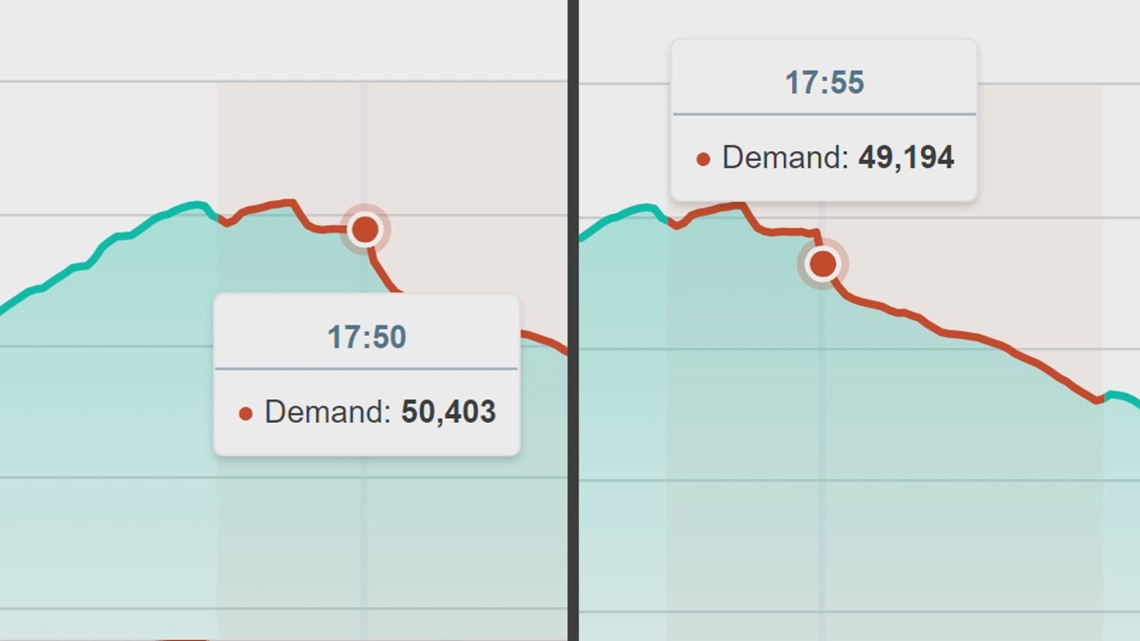SACRAMENTO, Calif. — Shortly after 5:45 p.m. Tuesday, Californians’ phones statewide lit up with an emergency message, asking them “conserve energy now” to avoid power interruptions.
It was a Wireless Emergency Alert (WEA) from the California Office of Emergency Services that was sent as the state’s power grid grew strained under record demand.
Enough people heeded the call, state energy officials say, to avoid rolling blackouts.
“At 5:45 p.m., given the status of the grid, Governor Newsom triggered the statewide Wireless Emergency Alert to Californians across the state, calling for immediate reductions in electricity service to avoid the need for rotating outages,” Cal ISO President and CEO Elliot Mainzer said Wednesday. “Over the course of the next half hour or so, we saw between 2,000 to 2,500 megawatts of load reduction, which helped restore our operating reserves and ultimately enabled us to avoid a call for rotating outages. That made an enormous difference in our efforts to keep the power flowing.”
He said the state hit an all-time record of peak demand around 5 p.m. Tuesday, at 52,061 megawatts (MW). The previous record was set on July 4, 2006, at 50,270 MW.
Preliminary data on Cal ISO’s website show a relatively steep drop in demand between 5:50 and 5:55 p.m., revealing California’s grid saw a nearly 2.4% reduction in energy use within the span of five minutes.


FOLLOW To The Point:
► Follow Alex on Facebook and Instagram
► See all of To The Point stories
► Watch To The Point with Alex Bell every weekday night from 6:30 - 7 p.m.
Cal ISO - the California Independent System Operator – is like the control tower for the state’s energy grid, ensuring the supply and demand are in balance. During extreme heat waves like this, there’s a higher risk that the demand outpaces supply. That’s when Cal ISO issues flex alerts, asking people to conserve energy within a designated window spanning the late afternoon into the evening. Cal ISO also has a three-tier Energy Emergency Alert system, and it issued a Level 3 alert around 5:45 p.m. Tuesday, “with rotating #power outages very possible,” it cautioned.
However, Californians were able to avoid those outages due to collective conservation, Mainzer said.
“If anything, last night showed us that we are facing very serious grid conditions that require a serious response,” Mainzer said. “We endured the hottest triple-digit temperatures yet in a historic, week-long heatwave. Demand for electricity on our grid peaked at 52,061 megawatts, a level we have not seen before in California.”
He added that the entire interconnected grid on the western half of the U.S. also saw record energy demand Tuesday.
He mentioned some California electric utilities pay customers to voluntarily reduce their energy use during flex alerts. More information is available HERE.





















